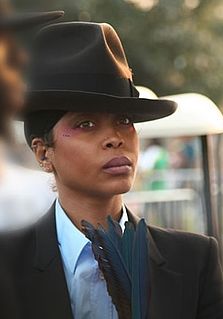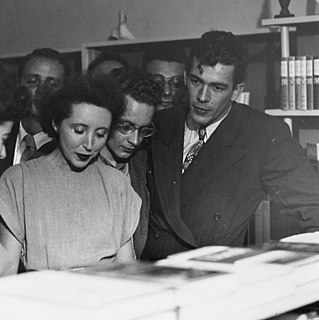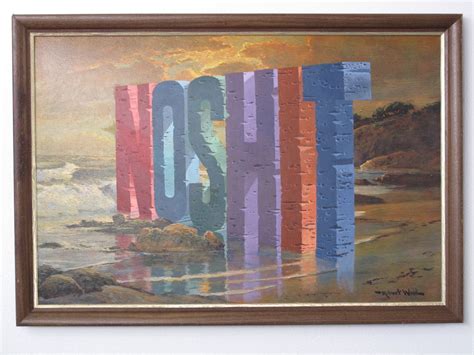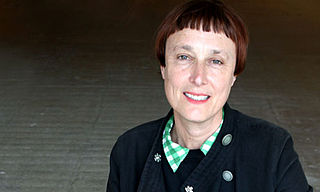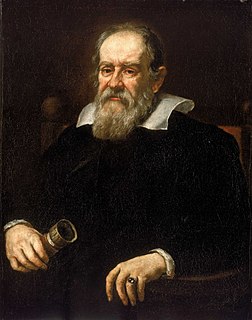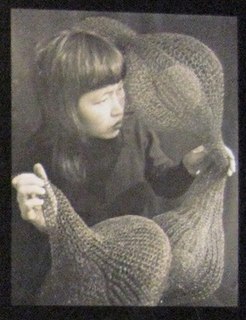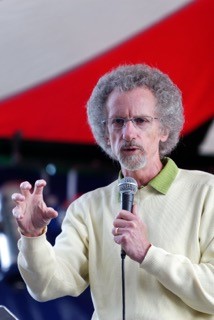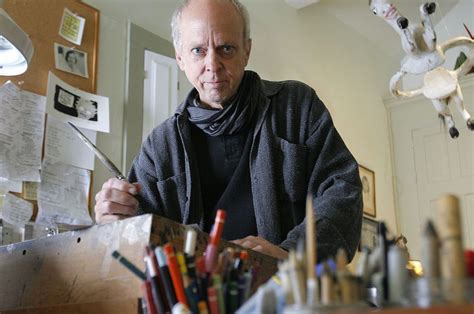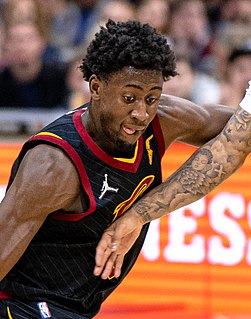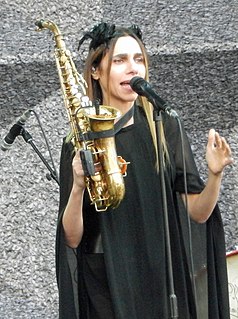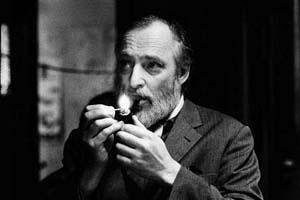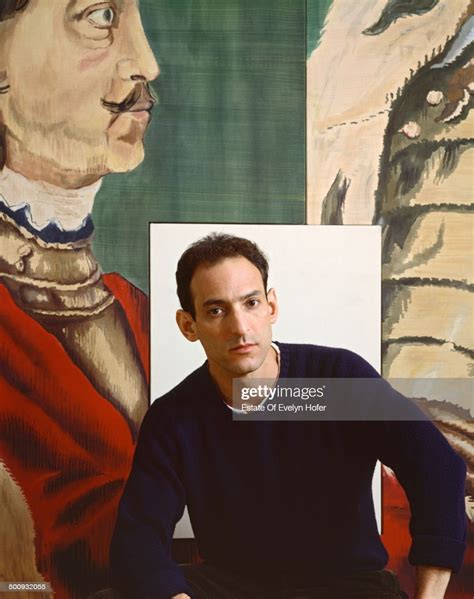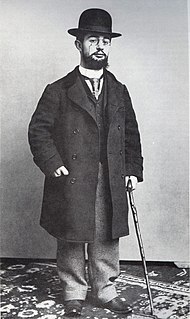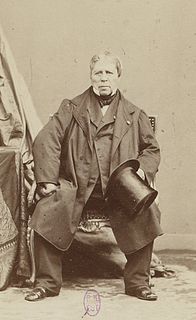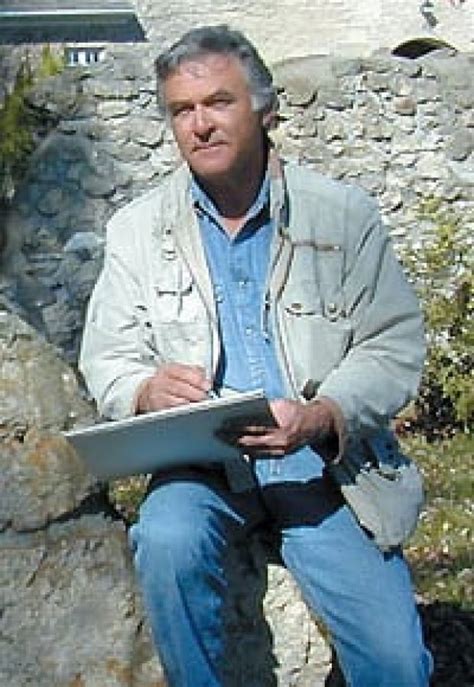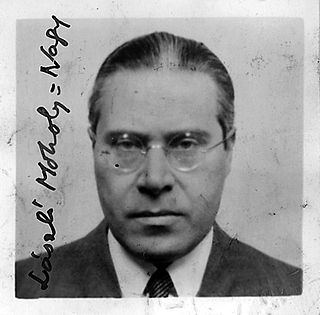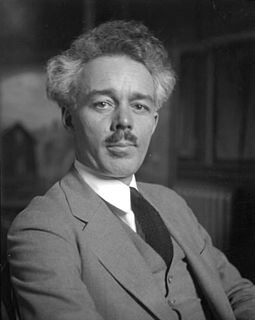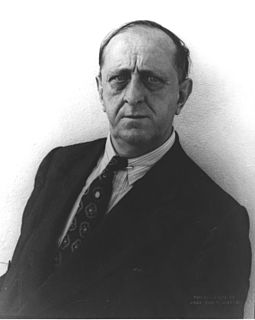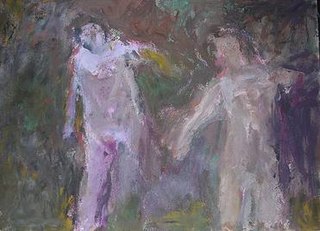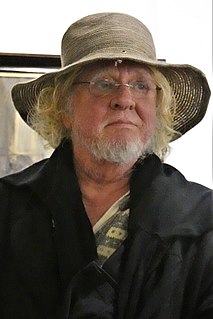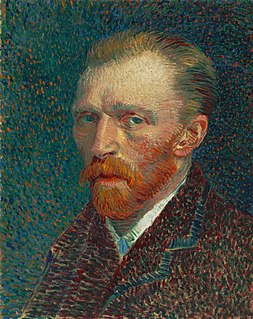A Quote by Robert Longo
My degree was in sculpture. I always think that drawing is a sculptural process. I always feel like I'm carving the image out rather than painting the image. I'm carving it out with erasers and tools like that. I've always had this fondness for sculpture.
Related Quotes
I started doing sculpture rather than painting. I was halfway through my degree, and I hadn't really done any introduction courses in sculpture... I'd missed all the technical stuff. I didn't really know how to weld or forge or carve or model. I'd sort of evaded all those technique classes, so I had no technique.
After painting comes Sculpture, a very noble art, but one that does not in the execution require the same supreme ingenuity as the art of painting, since in two most important and difficult particulars, in foreshortening and in light and shade, for which the painter has to invent a process, sculpture is helped by nature. Moreover, Sculpture does not imitate color which the painter takes pains to attune so that the shadows accompany the lights.
God reproduces and lives out His image in millions of ordinary people like us. It is a supreme mystery. We are called to bear that image as a Body because any one of us taken individually would present an incomplete image, one partly false and always distorted, like a single glass chip hacked from a mirror. But collectively, in all our diversity, we can come together as a community of believers to restore the image of God in the world.


